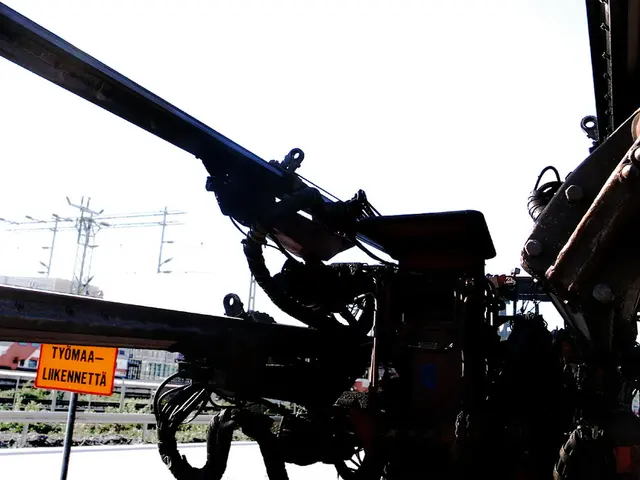Kazakhstan Balances Energy Future With Clean Hydrocarbons and Renewables
Kazakhstan is steering its energy future with a balanced approach, aiming to keep its hydrocarbon sector clean while rapidly expanding renewable energy sources. This strategy aligns with a global shift towards more pragmatic energy policies, with digitalisation and AI playing a transformative role.
At the heart of Kazakhstan's energy transition lies energy efficiency, recognised as the swiftest and most cost-effective means to reduce emissions. By 2050, global energy demand is projected to surge by 46% compared to 2020, underscoring the urgency of efficiency measures.
Governments worldwide are embracing this approach, with Kazakhstan's own efforts focusing on state-level initiatives and international collaboration. Innovative technologies such as photovoltaics combined with battery storage, electrolysis for hydrogen production, and advanced grid integration techniques are being employed to enhance energy system efficiency.
In 2024, renewables accounted for 6.4% of Kazakhstan's electricity, with an ambitious target of 15% by 2030. This expansion, supported by energy efficiency and technological innovation, will define the pace and scale of change in the energy sector. Studies suggest that doubling energy efficiency gains could halve global CO2 emissions by 2040.
Kazakhstan's evolutionary approach to energy transition, focusing on efficiency and renewables, is a testament to the global pivot towards more balanced and pragmatic energy policies. As global energy demand grows, respecting individual transition speeds in developing countries will be crucial. Through innovation and technology, Kazakhstan is poised to play a significant role in shaping a cleaner, more efficient energy future.
Read also:
- Boston Metal pioneers route to commercial production for eco-friendly steel method
- United States Secures $632 Million to Fuel Electric Vehicle Revolution
- CDU's Revised A100 Plan: Longer, Costlier Underground Route Divides Berlin
- DKSH Upgrades Distribution Operations Through Significant Technological Renovation








